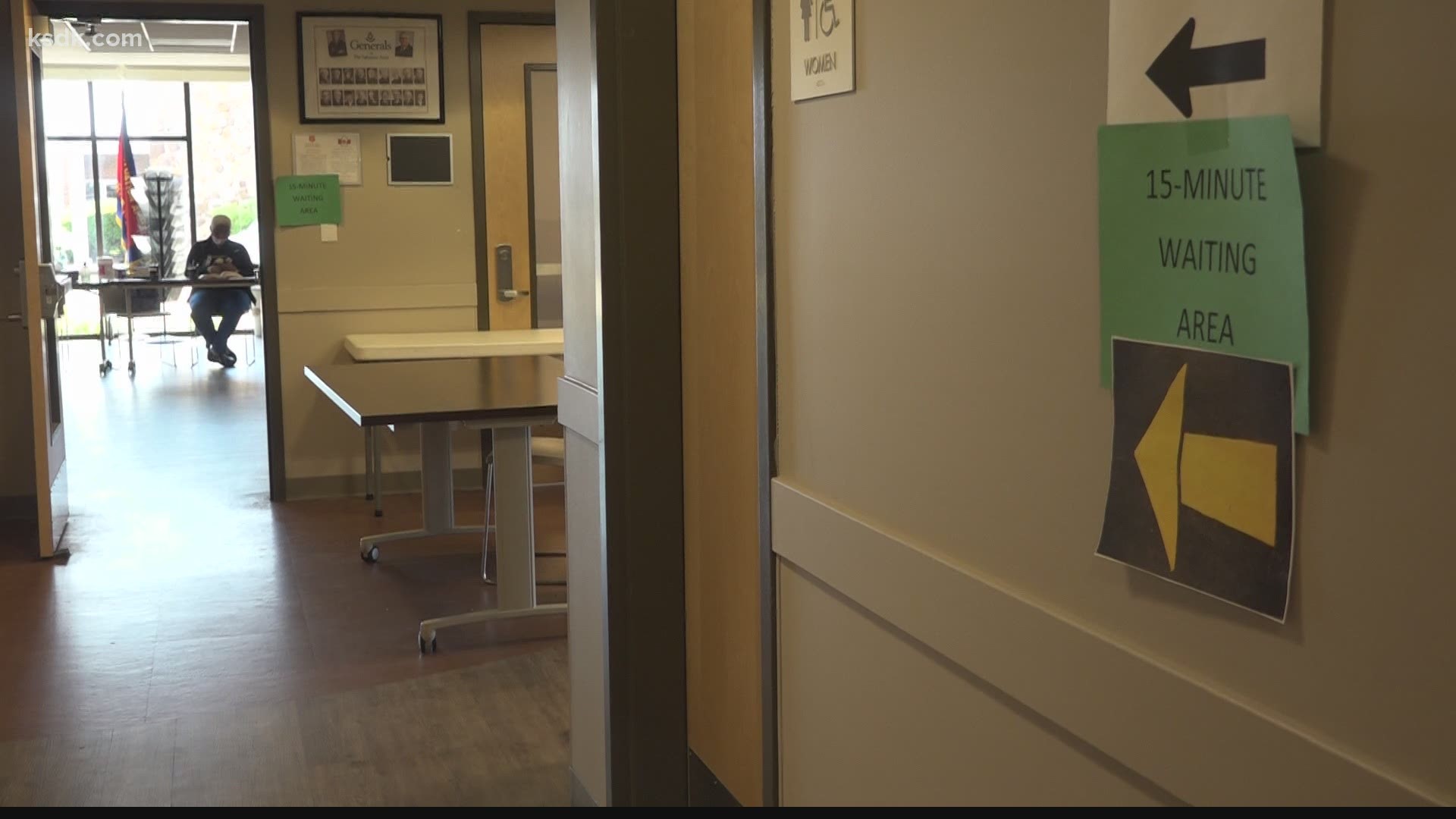ST. LOUIS — Large-scale COVID-19 vaccination events, like over the course of several weeks at The Dome downtown, could vaccinate thousands of people every day. Though smaller clinics — pharmacies or those planned by hospitals or healthcare systems — have fewer shots to give each day, there’s hope they can get more of St. Louis vaccinated.
“Unfortunately, those [large-scale events] just really aren't comfortable for a lot of individuals,” said Dr. Kendra Holmes, chief operation officer of Affinia Healthcare. “Transportation is always an issue. So we want to make sure that this was really accessible on a bus and also just the fact that sometimes individuals don't have the time to wait for hours.”
She’s speaking with 5 On Your Side at the clinic at The Salvation Army on Washington Avenue in Midtown, administered by Affinia in coordination with the City of St. Louis.
“Making sure that we are creating an environment for operating environments where they feel safe is really important,” said Dr. Fredrick Echols, head of the St. Louis Department of Health. “And that's what we're seeing here.”
“They get you in and get you out,” said Debbie Turner, who’s gotten both doses of her COVID-19 vaccine at the clinic.
Several patients said they were waiting not just for a vaccine to become more easily available, but to learn more about the shot’s effects. Misinformation continues to be a problem in vaccine-hesitant communities.
“The individuals who really are most at-risk, we see very low percentages of those individuals receiving the vaccine, so there's still quite a lot of work to do,” Holmes said. She says she means the Black, Hispanic and unhoused populations of the city.
The latest St. Louis Metropolitan Pandemic Task Force data shows many communities with greater Black populations have lower vaccination rates.
“We do hope for an increase in individuals who want to receive the vaccine. But, you know, we'll take it one day at a time,” Echols said.
Holmes says the diverse staff serves many purposes at Affinia.
“It's very important for individuals in the community to see providers and nurses and staff members that look like them for, you know, for trust issues,” she said. “Our staff are able to articulate to the community, these are the symptoms that we experienced, this is what you can experience as well. And that's been very comforting”

